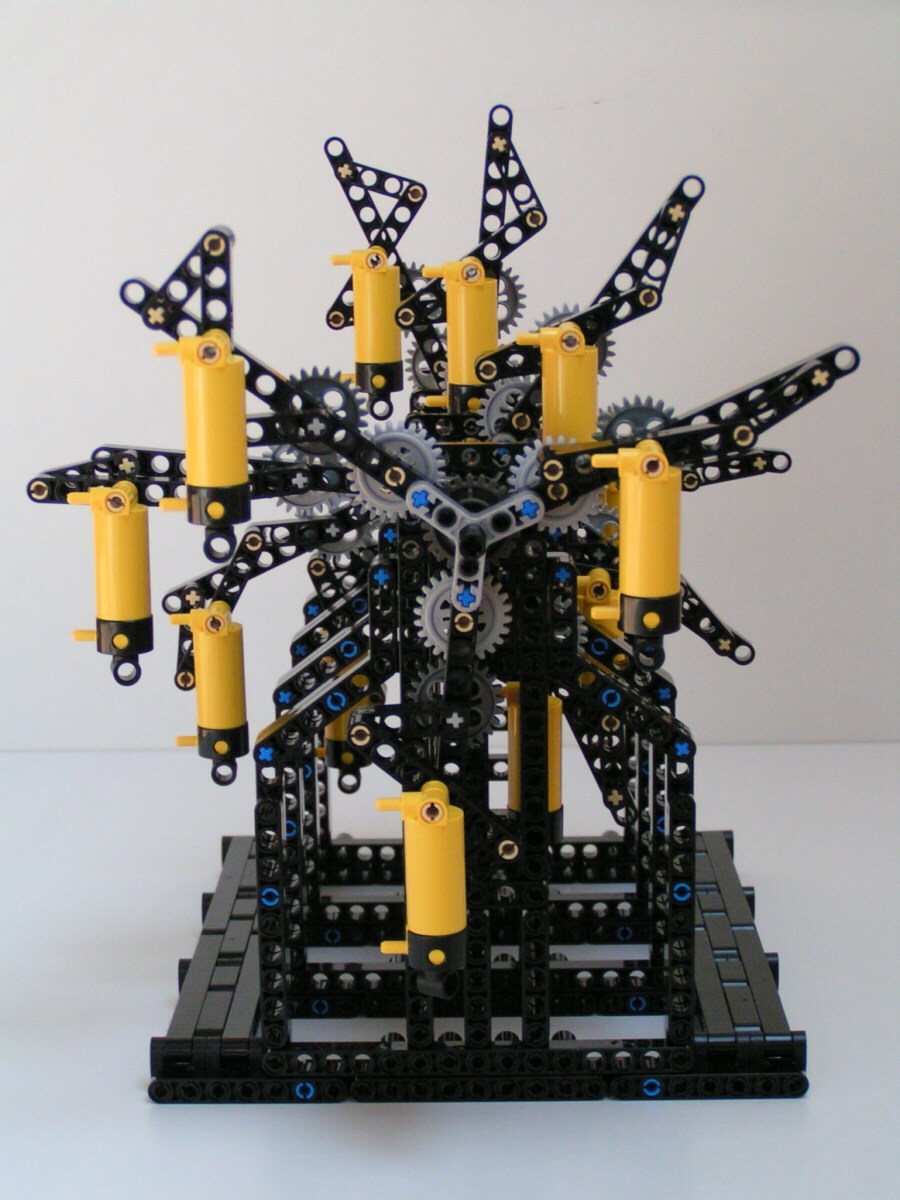
Friday, August 31, 2012
Perpetuum Mobile
A perpetual motion machine has long been a dream for many. If you could start one up, you could hook it up to a generator and have free electricity forever. The problem is, it just can't work, as it would violate the laws of thermodynamics. The first law could be construed as "You can't win" (that is, you can't get extra energy from nowhere) and the second is "You can't even break even" (entropy of the system increases, so it will run down due, for instance, to friction). Hmm, come to think of it, those are also the first two laws of Las Vegas. Anyway, this hasn't stopped people from trying. One scheme to produce a perpetual motion device is the overbalanced wheel, first proposed by Bhaskara in the 12th century. In this scheme there is a spinning wheel with weights on the spokes. On one side the weights are farther from the axis, but as these spin around to the other side they move closer in to the axis. A weight further from the axis produces a greater force, or torque. Since the weights on the left side in the picture below are further out than those on the right, this should produce a downward pull on the left side, and the wheel will spin counter-clockwise. Unfortunately it turns out that the energy produced by the weights moving down on the left is used to lift them up on the right and also to move them out from the center, and so no new energy can be produced. What's more, even if you give this a push and start it moving, friction will slow it to a stop. That doesn't stop Maarten Steurbaut's Perpetuum Mobile from being a beautiful and intriguing LEGO creation, though.


Labels:
physics
Subscribe to:
Post Comments (Atom)
No comments:
Post a Comment